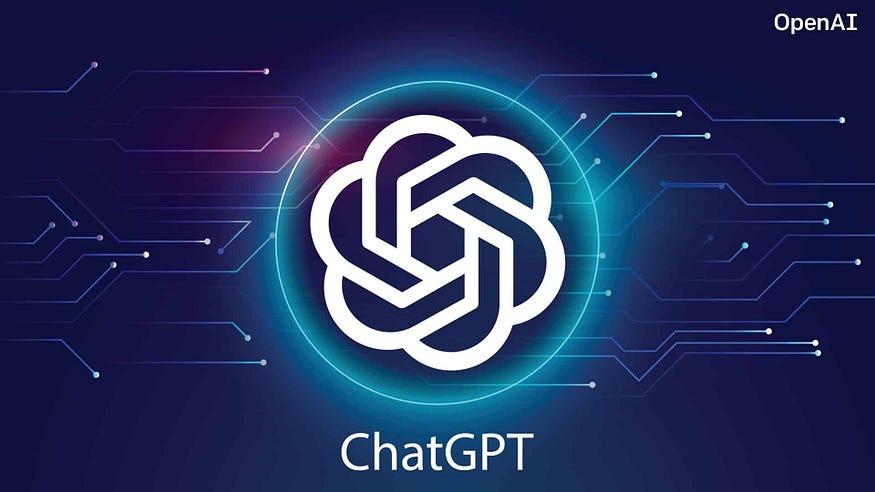Amazon Relational Database Service (Amazon RDS) makes it easy to set up, operate, and scale a relational database in the cloud. It provides cost-efficient and resizable capacity while automating time-consuming administration tasks such as hardware provisioning, database setup, patching and backups. It frees you to focus on your applications so you can give them the fast performance, high availability, security, and compatibility they need.
Here is the full Hands-on video on this topic👇👇
Steps to create an RDS instance
Following are the steps to create an RDS Instance:
1. Sign into AWS Management Console.
2. Open the RDS console.
3. In the upper-right corner, choose the region where you wish to create your instance.
4. In the navigation pane, click on ‘Databases’.
5. Click on ‘Create database’.
6. Make sure ‘Standard create’ is chosen, then click on MySQL (or the database in which you wish to create an RDS database instance).
7. In the ‘Templates’ tab, click on the ‘Dev/Test’ option.
8. In the ‘Setting’ tab, set the following values:
- DB instance identifier
- Master username
- Auto Generate a password
- Master password
- Confirm password
9. In the ‘DB instance size’ option, give a value for the following variables:
- DB instance performance types
- DB instance class
10. In the ‘Storage’ and ‘Availability & durability’ section, leave the default values as is.
11. In the ‘Connectivity’ section, click on the ‘Additional connectivity configuration’ and set the below values in it:
- Virtual Private Cloud (VPC)
- Subnet group
- Publicly accessible- No
- VPC security groups
- Availability zone- No preference
- Database port- 3306
The same is displayed in the below screenshot:
12. Click on the ‘Additional configuration tab, and provide a name for the ‘Initial database name’ variable. The default settings for other options need to be kept the same.
13. Now click on ‘Create database’.
14. It takes a few minutes for the instance to get created. It can be seen in the ‘Databases’ list as ‘Creating’.
15. Once it is created, it shows as ‘Available’.
16. The ‘Endpoint’ and ‘Port’ of the database instance can be viewed in the ‘Connectivity & security’ section.
Note: Make sure that your database instance is secure, by verifying that sources outside of the VPC can’t connect to the RDS database instance.
